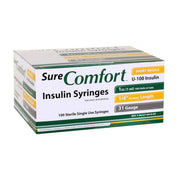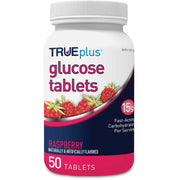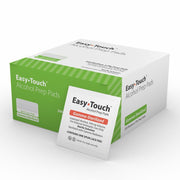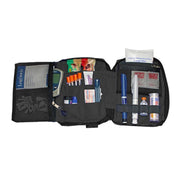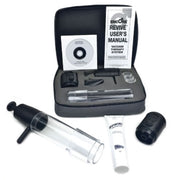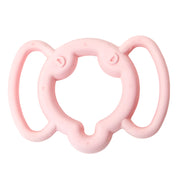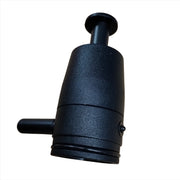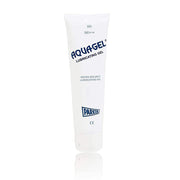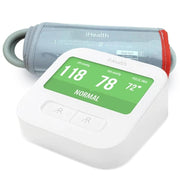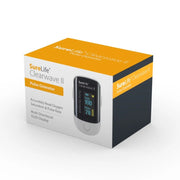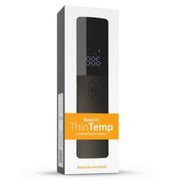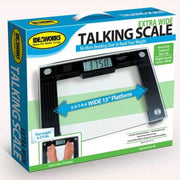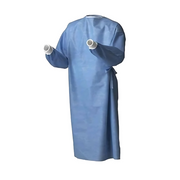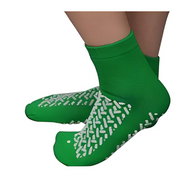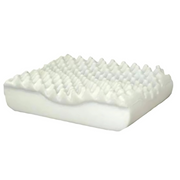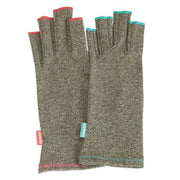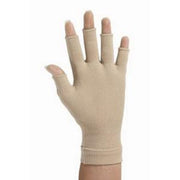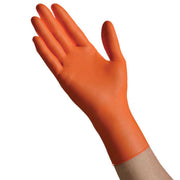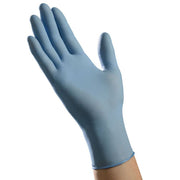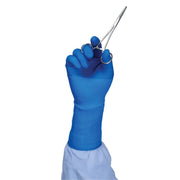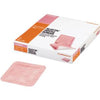Smith & Nephew Allevyn Gentle Gel Adhesive Hydrocellular Foam Dressing with Border, 7" x 7" with 6" x 6" Pad
PRODUCT DETAILS
Smith & Nephew Allevyn™ Gentle Gel Adhesive Hydrocellular Foam Dressing with Border 7" x 7" Square, 6" x 6" Pad, Triple Action Technology
Smith & Nephew Allevyn™ Gentle Gel Adhesive Hydrocellular Foam Dressing with Border is for use on patients with fragile skin where secondary retention is not used. It combines a centrally located, absorbent, hydrocellular pad sandwiched between a perforated, silicone, gel adhesive wound contact layer and a highly permeable, waterproof, outer film. Its triple-action technology absorbs, retains and transpires exudates to provide optimal fluid management.
Advanced triple-layered construction.
Absorbent hydrocellular pad.
Perforated, silicone, gel adhesive wound contact layer.
Adhesive border for gentle but effective fixation.
Highly permeable, waterproof, outer film.
Provides an optimal, moist wound environment for the promotion of faster healing.
Cost-effective, longer wear time and fewer dressing changes.
Unit of Measure Contents Sold By
Each (EA) 1 Each 1 Total (1 Each)
Box (BX) 10 Each 10 Total (1 Box of 10 Each)
Frequently Asked Questions (FAQs)
Q: What is foam dressing used for?
A: Foam dressings are used for moderate to heavily exuding wounds such as pressure ulcers, post-surgical wounds, diabetic ulcers, and traumatic wounds. They absorb fluid, protect the wound, and support healing.
Q: How often should foam dressings be changed?
A: Foam dressings are typically changed every 3 to 7 days or as needed depending on the amount of exudate. Always follow the wound care professional’s recommendations.
Q: How do foam dressings work?
A: Foam dressings absorb exudate while keeping the wound moist. They help prevent infection, reduce pain, and protect the wound from external contaminants.
Q: Can foam dressings be used on infected wounds?
A: Some foam dressings are formulated with antimicrobial agents suitable for infected wounds. Always consult with a healthcare provider before applying to an infected site.
Q: Are foam dressings suitable for dry wounds?
A: Foam dressings are typically not recommended for dry wounds because they are designed to absorb moisture. Hydrogel dressings may be more appropriate for dry or necrotic wounds.
Q: Do foam dressings stick to wounds?
A: Non-adherent foam dressings do not stick to wounds and are gentle during removal. Adhesive foam dressings stick around the wound, not directly on it.

